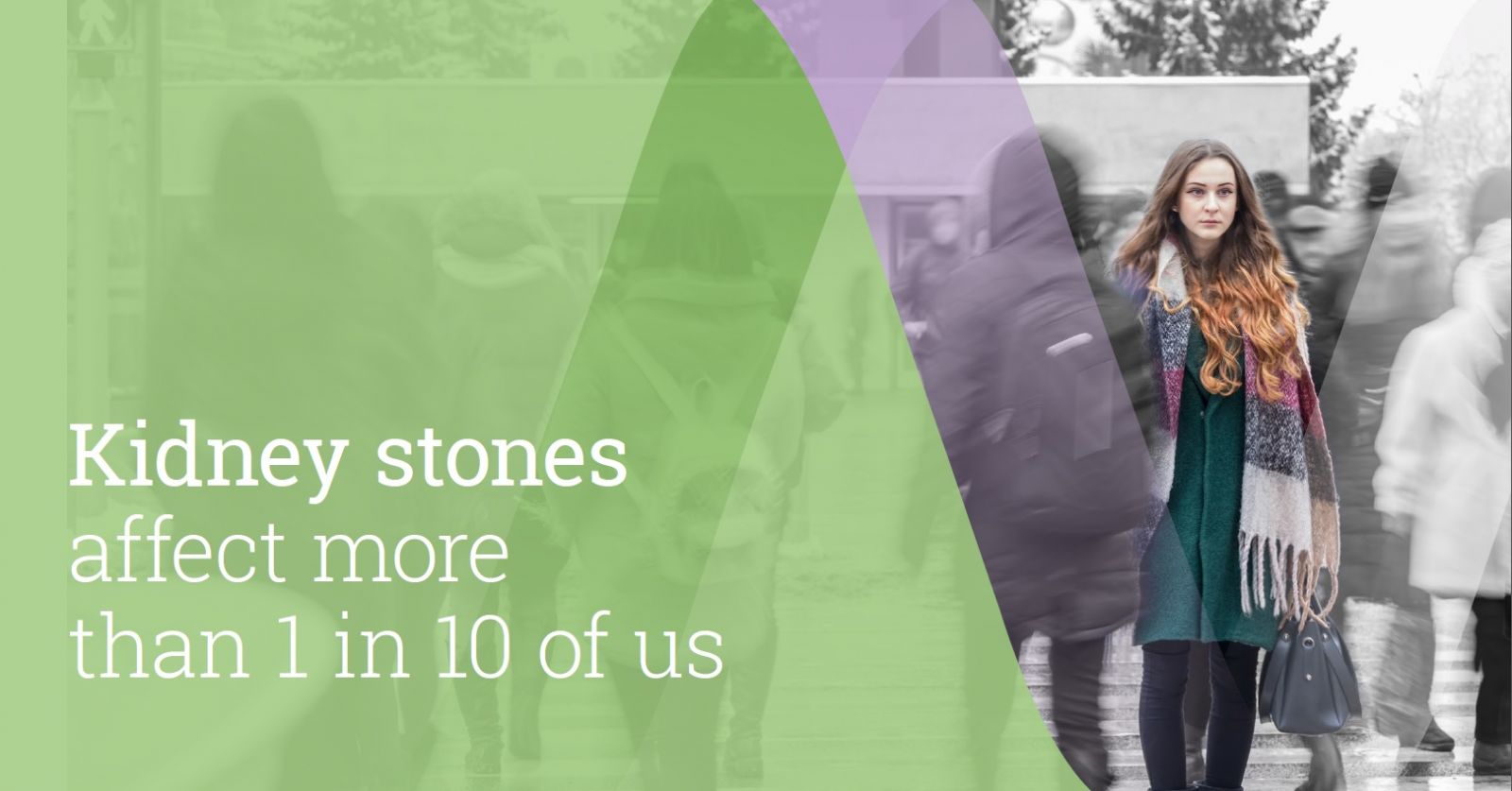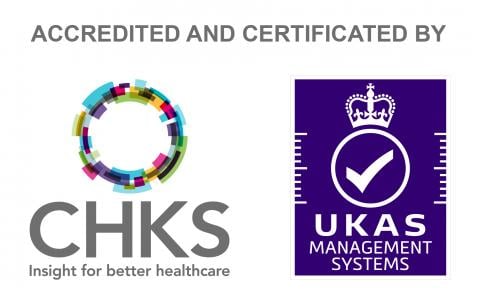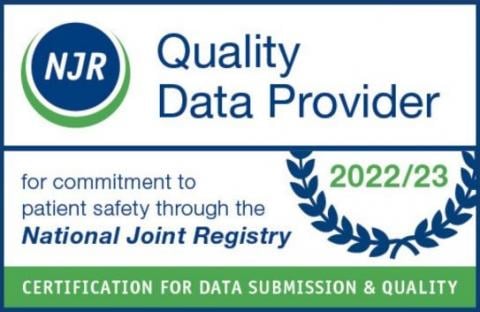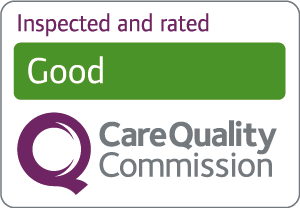
September is Urology Awareness Month and Consultant Urological Surgeon, Miss Rashmi Singh, tells you all you need to know about kidney stones. Kidney stones can be quite common in adults between 30 and 60 years old, especially in men.
What are kidney stones?
Urine contains many dissolved minerals and salts. At high levels, these substances can crystallise and with time form hard stones of varying size and composition. There are four main types of kidney stone: calcium oxalate, uric acid, struvite, and cystine. Depending on size and position, these stones can cause symptoms and subsequent problems with drainage and function of the kidney.
Who gets kidney stones?
Kidney stones most often affect people aged 30 to 60. The prevalence in the population differs from country to country. It is a common condition with approximately 1 in 10 people affected. The lifetime risk of kidney stones is about 19% in men and 9% in women.
Some diseases such as:
- high blood pressure
- diabetes
- obesity
can increase the risk of kidney stones.
Stones also form in people who do not drink enough fluids, are taking certain medication or have a medical condition that raises the levels of certain substances e.g. calcium or uric acid in the urine.
Kidney stones can also run in families or affect people with underlying congenital or structural abnormalities of their urinary tract.
What are the symptoms of kidney stones?
Once a kidney stone has formed, it may remain within the ducts (calyces) of the kidney and cause no symptoms. If it starts to grow or move, it can cause bleeding in the urine (haematuria), dull intermittent pain in the loin, urine infections or obstruction to the normal drainage of the kidney.
Renal Colic
If the stone moves out of the kidney into the drainage tube that connects the kidney to the bladder,ureter, and blocks the flow of urine, it can cause an extremely painful condition known as renal colic.
Renal Colic is characterised by severe flank - theside of the abdomen from ribs to hip pain radiating to the groin/genital area.
It is caused by a sudden increase of pressure in the kidney and ureter when the stone falls into the ureter. The pain comes in spasmodic waves and it is difficult to get comfortable.
Other symptoms include:
- nausea and vomiting
- haematuria
- painful urination
- fever
Renal colic is considered a urological emergency and is one of the commonest causes of visits to A&E. If patients do experience such pain, particularly associated with fever, they must seek urgent medical attention.
Whilst most stones do subsequently pass through spontaneously, colic can be a very unpleasant and uncomfortable experience. If the stone is too large to pass or gets stuck at the outlet of the kidney or in the ureter, intervention may be required.
How are kidney stones diagnosed?
Most asymptomatic small kidney stones are often picked up incidentally on a scan being done for other reasons. If you are having pain in the flank area, your GP may send you for a scan to see if the pain is due to a kidney stone or another cause e.g. muscular or gastrointestinal problem.
If you are experiencing a severe pain and you would like to be seen promptly by our Urologist Consultants, you can book an appointment with New Victoria Hospital’s Outpatient Department by calling 020 8949 9020. You will also have preferential access to our Imaging Department to speed up the diagnosis process and treatment.
Depending on the type and severity of symptoms, different scans and tests can be suggested by your GP or Urologist.
- Ultrasonography (ultra-sound) - uses high-frequency sound waves to create an image. This will show if there are any significant sized stones or swelling of the kidney due to an obstruction.
- Xray abdomen - this is good for visualising large or dense stones
- CT-scan (computed tomography) - a low-dose CT without dye will accurately diagnose 98% of all stones and is the best method for diagnosis. This scan will clearly show the size, shape, number and density of the stone(s).
Urine and blood tests can be prescribed to check for infection or kidney failure.
How are stones treated?
Factors that influence how to treat your kidney stone depend on your symptoms, your body features, stone characteristics e.g. location, size, and hardness, your medical health, and your personal preference.
Conservative vs Active Treatment
If you have a small kidney stone which does not cause discomfort, it may not necessarily need treatment. Your doctor or Urologist may simply monitor you regularly with interval scans to ensure the stone is not growing and that you are not experiencing symptoms.
Active treatment may be recommended if the stone is growing in size, if you are at high risk of forming another stone, if you are having infections or bleeding, if you have an obstructive stone or your stone is very large.
You can also request to have active treatment due to your social situation (e.g. profession or travelling)
Ureteric stones/Renal colic
Most ureteric stones that cause renal colic have a very high chance of passing out in the urine spontaneously over 2-6 weeks, especially if the scan shows the stone is less than 5mm in size or is in the lower ureter, close to the bladder. They can be treated with conservative management with close review, painkillers +/- muscle relaxants to control the pain
If the stone fails to pass or is too large to pass spontaneously or continues to cause symptoms or is causing obstruction or infection, your Urologist will recommend active treatment.
Active treatments of kidney stones can include:
- Extracorporeal shock wave lithotripsy (ESWL) - this is a non-invasive outpatient treatment which fragments stones into smaller pieces using high energy sound waves. Stone fragments pass out in the urine after the procedure.
- Ureterorenoscopy (URS) - this is an invasive surgical procedure to remove kidney or ureteric stones. A fine camera called a ureteroscope is inserted into the ureter or kidney via the urethra and bladder to remove the stone or to fragment it with laser energy into small pieces. It is usually done under general anaesthesia in a day case setting
- Percutaneous nephrolithotomy (PCNL) - invasive keyhole surgical treatment to remove large stones (>1.5cm) directly from the ducts of the kidney, by creating a track from the skin, through the back, directly into the kidney. This is a more complex procedure than ureterorenoscopy and usually requires an inpatient stay.
How do you prevent kidney stones?
Many patients are prone to recurrent kidney stones over their lifetime. Up to 35% of people who have had a kidney stone will experience another episode over the next 5 years.
Diet and fluid modification is very important in helping to reduce the risk of recurrence. Whilst the recommendations may depend on the type of stone that you form, in general you should try to follow the measures below.
Diet and fluid advice for stone formers
- Maintain a high fluid intake – 3 litres per day
- Make the urine more alkaline: adding lemon and lime to water can help or your doctor may prescribe you medication to help make your urine more alkaline such as potassium citrate
- Reduce salt intake - <5g per day
- Eat a healthy diet with plenty of fruit and vegetables
- Avoid a high protein diet - meat, fish, pulses, nuts - and keep red meat to a minimum
- Eat fewer oxalate-rich foods - rhubarb, beetroot, okra, spinach, swiss chard, sweet potatoes, tea, chocolate, and soy products
If you are experiencing flank pain or you suffer from recurring kidney stones, you can book an appointment with our Consultant Urologists, by calling us on 020 8949 9020 or:













